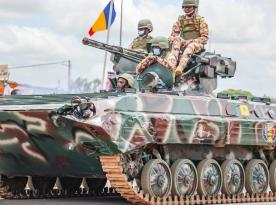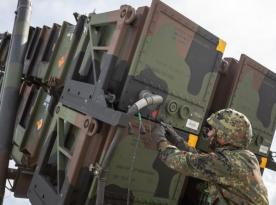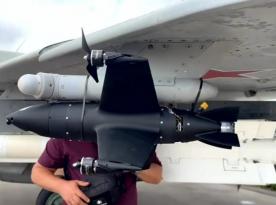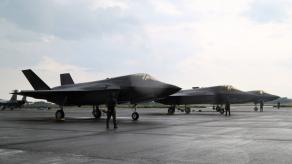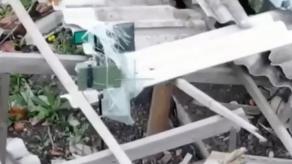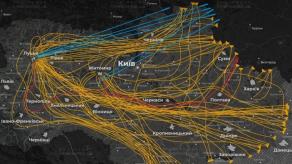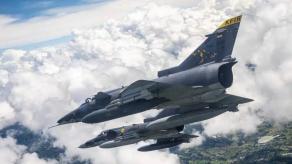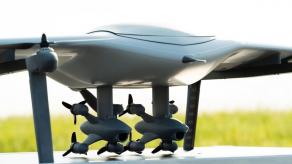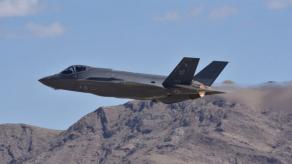The Center for Strategic Communications explains that strikes against the russian Black Sea Fleet represent significant steps towards the de-occupation of Crimea. On September 22, the Armed Forces of Ukraine launched an attack on the russian Black Sea Fleet headquarters in Sevastopol. During September 21-22, military facilities of the occupiers in Crimea suffered the most massive attack throughout the war.
The russian Black Sea Fleet headquarters stands as the main hub of the fleet and is among the most heavily fortified enemy assets. Targeting it carries substantial military and psychological significance for the eventual de-occupation of Crimea.
Read more: Intercepting Ukrainian Neptun: Is There a russian Missile Capable of Doing That
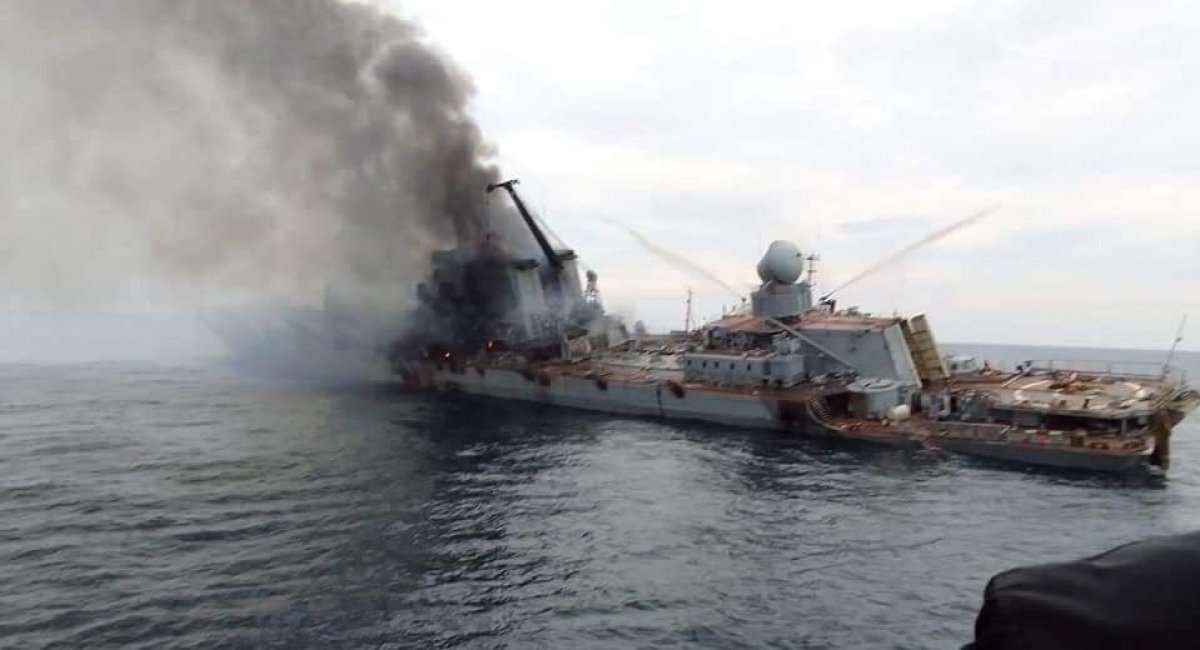
The Armed Forces of Ukraine effectively use Storm Shadow and Scalp missiles in combination with domestic Neptune anti-ship missiles, as well as air and sea drones. Successful attacks were preceded by the effective targeting of enemy air defense located in temporarily occupied Crimea.
Ukraine strictly adheres to international humanitarian law. Precision strikes are exclusively directed at russian military targets.
Read more: The russians Are Panicking Due to the Repeated Landing of Ukrainian Paratroopers in Crimea (Video)





